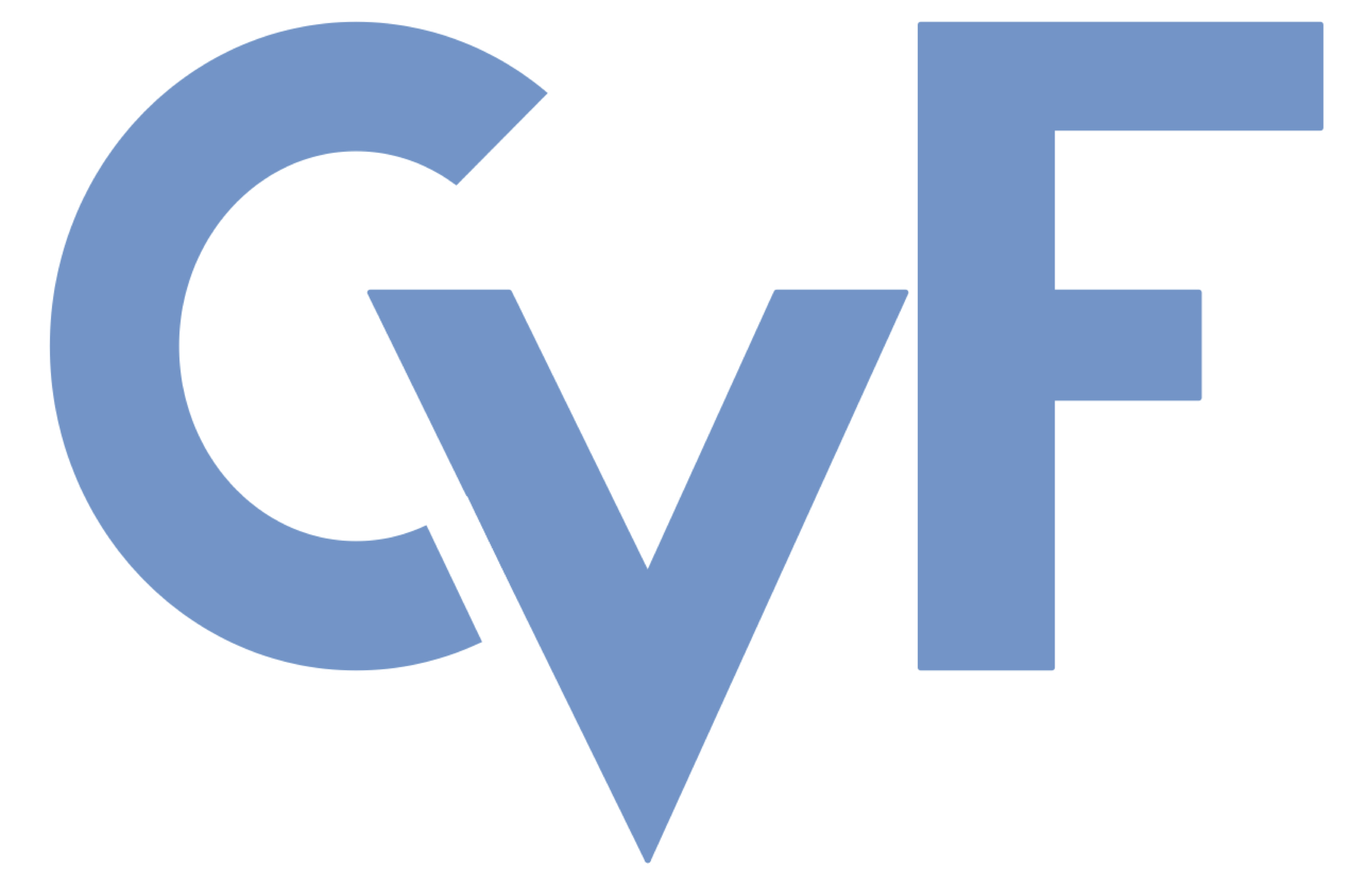-
[pdf]
[supp]
[arXiv]
[bibtex]@InProceedings{Ma_2025_ICCV, author = {Ma, Pingchuan and Yang, Xiaopei and Li, Yusong and Gui, Ming and Krause, Felix and Schusterbauer, Johannes and Ommer, Bj\"orn}, title = {SCFlow: Implicitly Learning Style and Content Disentanglement with Flow Models}, booktitle = {Proceedings of the IEEE/CVF International Conference on Computer Vision (ICCV)}, month = {October}, year = {2025}, pages = {14919-14929} }
SCFlow: Implicitly Learning Style and Content Disentanglement with Flow Models
Abstract
Explicitly disentangling style and content in vision models remains challenging due to their semantic overlap and the subjectivity of human perception. Existing methods propose separation through generative or discriminative objectives, but they still face the inherent ambiguity of disentangling intertwined concepts. Instead, we ask: Can we bypass explicit disentanglement by learning to merge style and content invertibly, allowing separation to emerge naturally? We propose SCFlow, a flow-matching framework that learns bidirectional mappings between entangled and disentangled representations. Our approach is built upon three key insights: 1) Training solely to merge style and content, a well-defined task, enables invertible disentanglement without explicit supervision; 2) flow matching bridges on arbitrary distributions, avoiding the restrictive Gaussian priors of diffusion models and normalizing flows; and 3) a synthetic dataset of 510,000 samples was curated to simulate disentanglement through systematic style-content pairing. Beyond controllable generation tasks, we demonstrate that SCFlow generalizes to ImageNet-1k and WikiArt in zero-shot settings and achieves competitive performance, highlighting that disentanglement naturally emerges from the invertible merging process. Code and dataset: https://github.com/CompVis/SCFlow
Related Material





